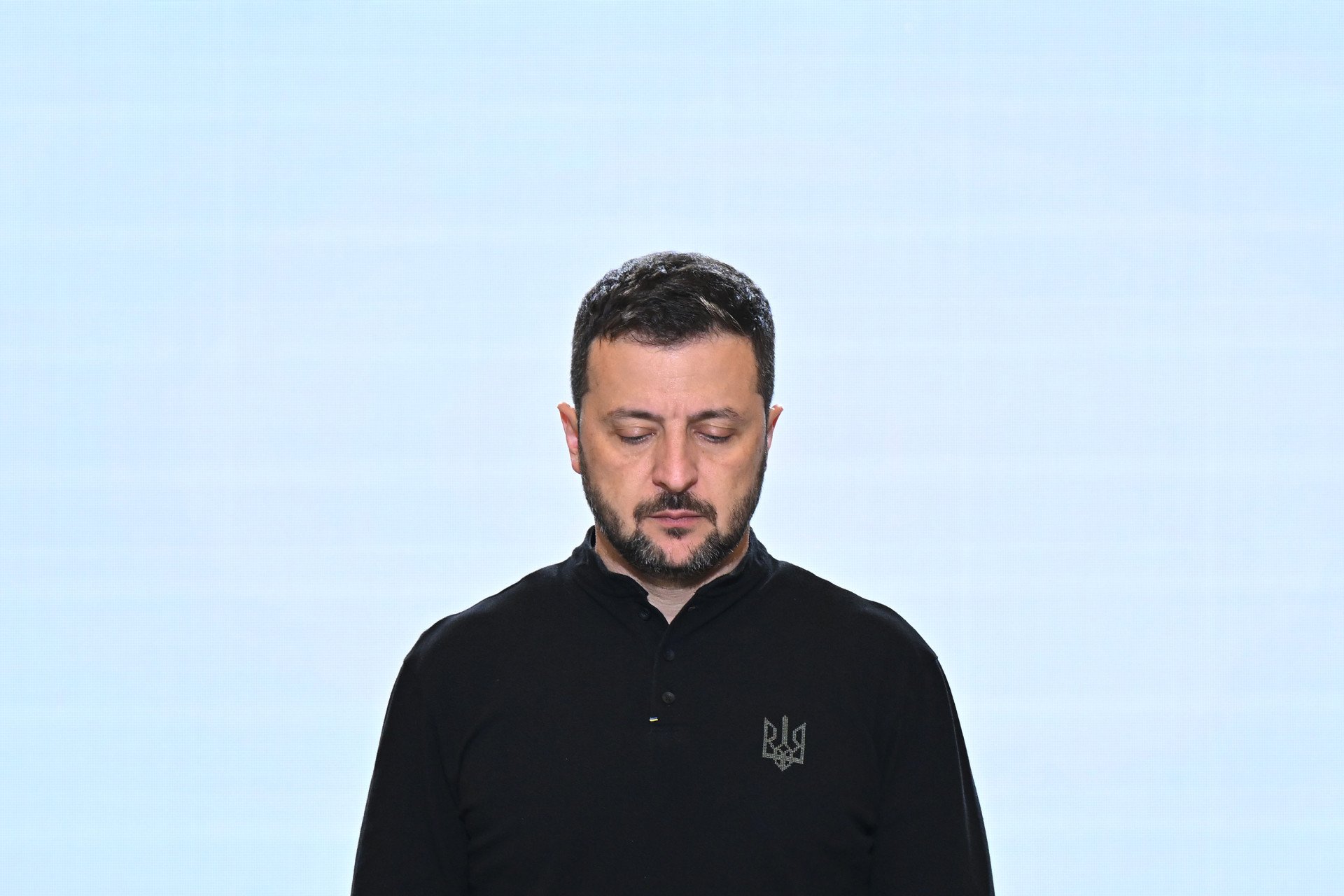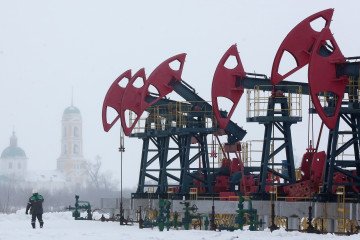- Category
- War in Ukraine
Everything You Need to Know About Ukraine’s Victory Plan

An in-depth look at President Zelenskyy’s Victory Plan presented to the Ukrainian Parliament on October 16th. How Ukraine plans to end the war by 2025 and ensure peace on its own terms.
On October 16th, President Zelenskyy presented his Victory Plan to the Ukrainian Parliament, following discussions with US President Joe Biden and Western leaders in London, Paris, Rome, and Berlin. The focus of the plan is to ensure Ukraine has a strong negotiating position for potential peace talks with Russia. “If we and our partners don’t strengthen now, Putin will significantly strengthen next year,” Zelenskyy said.
This marks Ukraine’s first comprehensive victory plan, signaling Zelenskyy’s willingness to negotiate for peace, in contrast to Putin who is making moves to bolster the Russian war economy for the long haul. “Russia isn’t seeking an honest peace. Putin only wants war,” said Zelenskyy, “We must change the circumstances so the war ends regardless of what Putin wants.”
The plan consists of five key points, including military, political, diplomatic, and economic strategies, along with three undisclosed elements
1. NATO
One of the key components of Zelenskyy's Victory Plan is the proposal for an official invitation for Ukraine to join NATO, a move likely to catch Putin's attention. Up until now, NATO has offered significant support to Ukraine without extending a formal membership invitation. Following the July NATO summit, the alliance announced it would station a NATO attaché in Kyiv and pledged $40 billion in aid, signaling its long-term commitment to Ukraine. NATO has also been conducting joint military training with Ukrainian troops and supporting demining operations in the Black Sea with Romania, Bulgaria, and Turkey.
However, NATO’s Article 5, which obligates all member states to defend a country under attack, currently presents a roadblock for Ukraine's membership. Many speculate that Putin will attempt to prolong the war to prevent Ukraine from joining the alliance, much like in 2008 when Russia invaded Georgia shortly after it received an invitation to NATO. Due to Russia's occupation of Georgian territories, Georgia's NATO membership is still pending.
At this stage, Zelenskyy's Victory Plan only calls for an invitation into NATO, which he views as a "testament of determination" reflecting how Ukraine's allies view its role in the broader security framework. Ultimately, full NATO membership is seen as critical for preventing future Russian invasions, as many believe that without it, Russia will continue its attempts to illegally annex Ukrainian territory, even if a peace deal is reached.
2. Strengthening Defense
The best defense is a strong offense, which is why Zelenskyy’s Victory Plan prioritizes lifting restrictions on the use of long-range weapons. The topic of long-range weapons has been in discussion for months. Many hoped permission would be announced at the UN Summit in September. When it did not occur some speculated the issue would likely be postponed until after the US election. Like the US, the UK has also provided mixed messaging on whether it will allow Ukraine to use its long-range Storm Shadow Missiles. Zelenskyy’s Victory Plan may offer both countries the opportunity to give the green-light.
Additionally, the president has called for joint efforts with Western allies to target and shoot down Russian aircraft, as enemy missiles frequently cross into neighboring NATO territory.
The Victory Plan also includes other defensive measures, such as specific operations to prevent the establishment of buffer zones within Ukraine. It further proposes enhanced access to intelligence shared by Western partners though full details of these provisions have only been disclosed to select allies.
3. Deterrence
Although the full details have only been shared with the US, UK, and Italy, Zelenskyy has introduced a third key point in his Victory Plan: a comprehensive non-nuclear deterrence package.
Throughout the war, Russia has used "nuclear bluffing" as a tool to intimidate the West and dissuade support for Ukraine. After Ukraine gave up its nuclear arsenal in the 1990s—a decision brokered by the US—it became more vulnerable to its nuclear-armed neighbor. Russia, which currently possesses the largest nuclear stockpile in the world (approximately 5,580 nuclear warheads as of 2024), poses a significant threat. Zelenskyy’s Victory Plan calls for the deployment of a robust non-nuclear deterrence package to protect Ukraine from further Russian aggression and limit Russia’s military capabilities.
4. Development of Strategic and Economic Potential
Zelenskyy has called for increased sanctions on Russia, emphasizing the urgent need to address its growing war economy. While Western partners debate the war from afar, Russia is actively expanding its military-industrial complex and collaborating with nations like Iran to produce cheaper weapons designed to overwhelm Ukraine's air defenses.
Lithuania has proposed a new initiative, announcing in September that it would purchase weapons for Ukraine from Ukrainian manufacturers. Initiatives like this not only strengthen Ukraine’s military but also boost its economy.
Another key aspect of the Victory Plan involves a top-secret application shared with Ukraine by the US and the EU the details of which have not been made public.
5. Post-War Contribution to NATO
It is well known that Ukraine has made significant contributions to NATO strategy in the 21st century. On the battlefield, Ukraine is actively using weapons and providing feedback to NATO based on its experiences. Since the full-scale invasion, NATO has revised certain protocols and shifted focus toward drone warfare, informed by lessons from Ukraine's combat operations.
Looking ahead, Zelenskyy has proposed that after the war, Ukraine’s military expertise could further bolster NATO and European defense efforts. He has even suggested that Ukrainian forces could potentially replace US contingents in certain areas, enhancing regional security.
If President Zelenskyy’s Victory Plan can be implemented now, he believes an end to the war is possible as soon as 2025. The proposal of the plan itself marks a pivotal step in Ukraine’s strategy to secure its future amid the ongoing war with Russia.
As Zelenskyy pushes for the implementation of the Victory Plan, he sends a strong message: Ukraine is determined to shape its future and ensure that peace is achieved on its terms, not Russia's. If successful, the plan could significantly alter the trajectory of the war, provide a pathway to peace, and secure Ukraine's place in the broader European security architecture.
-fca37bf6b0e73483220d55f0816978cf.jpeg)
-6359eca46c72bde40a90abaaadd6eaa8.png)
-29a1a43aba23f9bb779a1ac8b98d2121.jpeg)


-206008aed5f329e86c52788e3e423f23.jpg)
